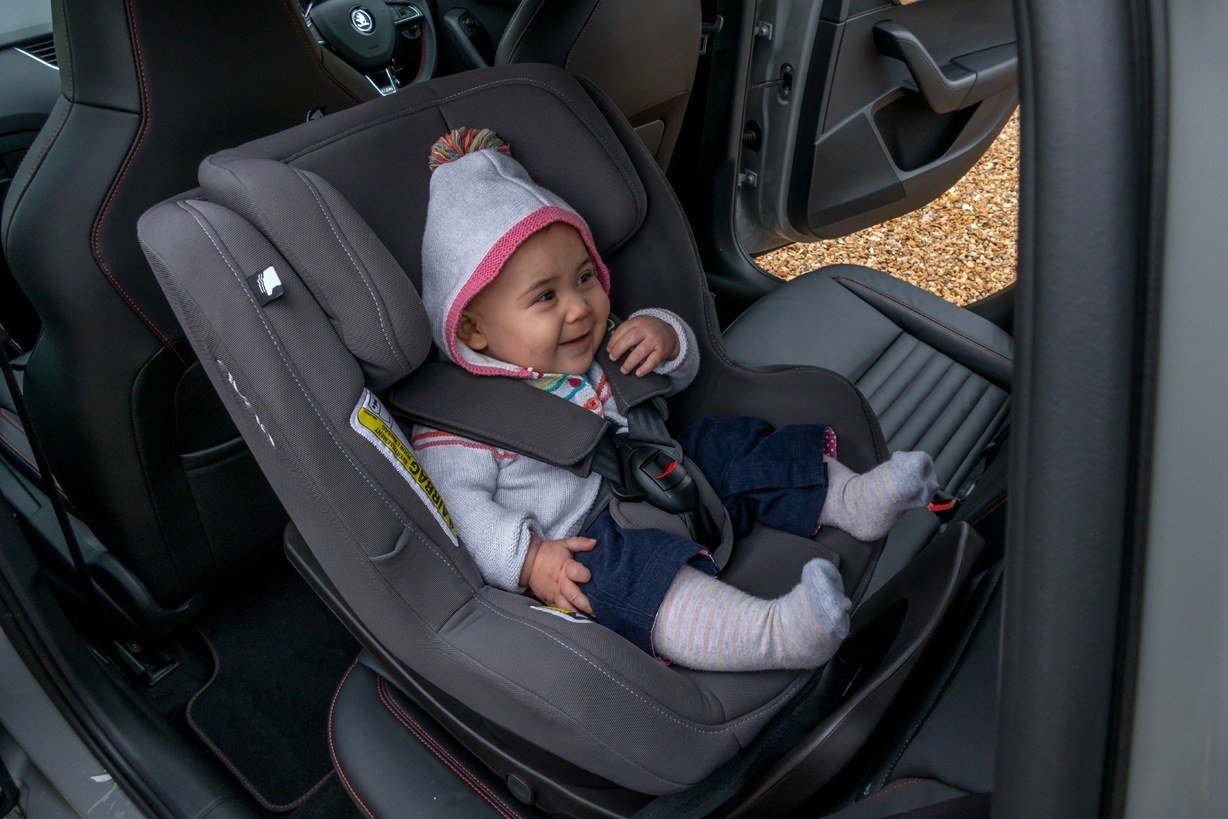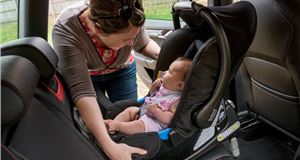What is i-Size and why is it important to me?
It’s easy to get tied up in jargon when it comes to anything to do with car safety. You only have to look at the equipment list for a new car to see a list of baffling acronyms and clever names – all of which are easy to gloss over.
But when it comes to child car seats, there are two critical things – Isofix and i-Size.
So let’s look at i-Size first. The name may not give much of a clue – and we think it’s far from the best title – but i-Size is a Europe-wide standard for car seats that was introduced in July 2013.
That’s several years ago, yet it’s still seen as a ‘new’ innovation, with many parents - and parents to be - not sure what it actually means.
So what actually is the i-Size ‘standard’?
If you’re looking for a new car seat for your little one, you’ll see many that now say they are i-Size compliant. The i-Size regulations are designed to give extra protection to children. The key differences are better head and neck support along with improved protection from side and frontal collisions.
Alongside that, all i-Size seats must have a five-point harness to keep the child safely strapped in, even if the car rolls over.
So is it just extra protection?
There’s more to i-Size than that. The new regulations say that children must be rear facing until at least 15 months. That said, most experts – including the British Medical Journal – say that it’s far safer for children to stay rear facing until they are four-years-old, something we’d certainly recommend.
Another key improvement is that rather than being categorised by the child’s age and weight, i-Size seats are classified by height, after all, every child develops at a different rate.


i-Size doesn't guarantee happy babies. But it does provide extra peace of mind.
On top of that, all cars and vans (including pick-ups) have to be i-Size compliant if they want to achieve the maximum five-star Euro NCAP safety rating. And if you buy an i-Size compliant car seat, it will fit every i-Size approved car.
And what’s the difference between i-Size and Isofix?
Isofix and i-Size work alongside each other. So any i-Size compliant seat has to have Isofix fixings. Isofix is the international standard for the attachment points in cars. In other words those metal hooks you get in the back seats plus sometimes a top tether strap.
Using Isofix is far safer than relying on seatbelts. The system is straightforward so parents are less likely to fit the seat incorrectly. Sounds silly but recent research showed that 52% of car seats fitted with a seat belt were wrongly installed.
Is i-Size now the law?
As a parent, you’re not breaking any law by not using an i-Size car seat. It’s a regulation aimed at car seat manufacturers to make it safer for children when travelling. But if you’re looking for a new car seat it’s certainly a good idea to go for an i-Size compliant one. Most of the popular seats are already i-Size or are in the process of being redesigned to meet the new regulations.
Most parents are fortunate enough to never be in a road accident, but that extra peace of mind is worth its weight in gold when you’re carrying your ever-so-precious cargo around behind you.
Related Articles
 Child seats
Child seats
Car Seat Chooser
Our unique car seat calculator shows you which child and baby car seats will fit your car.
 Child seats
Child seats
Car seat belts or Isofix – what’s safest?
Many people say seatbelts are perfectly safe – if fitted properly – while others swear by Isofix mounting...
 Child seats
Child seats
How to choose the right child seat
Looking to make an imminent child seat choice? Read this guide...
